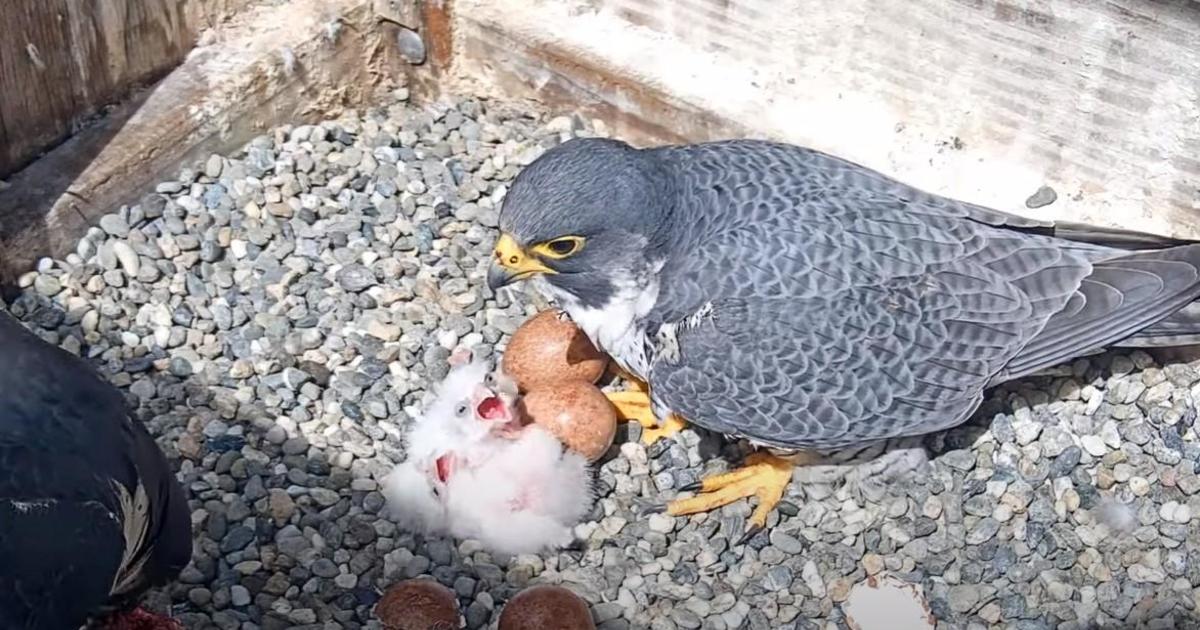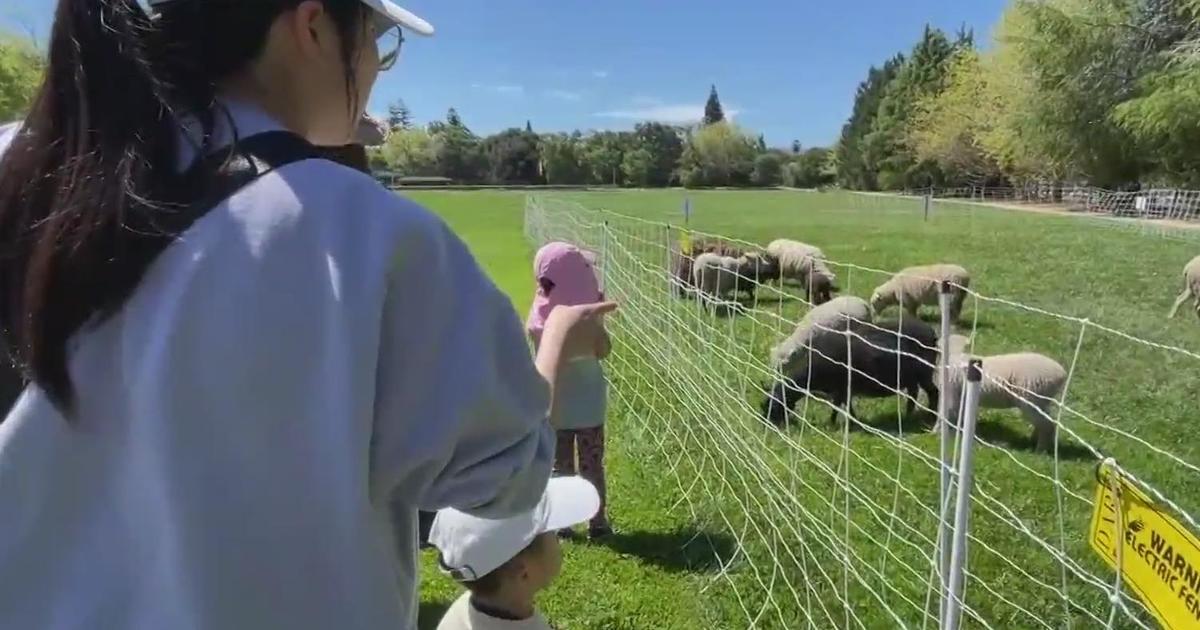Storms Replenish Sierra Ski Resorts, Another Foot Expected By Saturday
LAKE TAHOE (CBS / AP) — The winter has been rough on Sierra ski resorts, but this week's storms have them looking a lot more like they usually do at this time of year.
Squaw Valley, which sits between Truckee and the north shore of Lake Tahoe, received 22 inches of snow at its top elevations between Wednesday, when the first storm hit, and midday Friday. Neighboring Alpine Meadows reported 15 inches.
Amelia Richmond, a spokeswoman for both resorts, said another foot of new snow is expected by Saturday.
Richmond said the resorts had their best weekends of the year over the Presidents' Day holiday and last weekend.
"One of the best things about skiers and snowboarders is that when it snows, they'll come," she said. "We're expecting another great weekend with lots of skiers and riders coming up to check out the fresh snow."
At Northstar California Resort, also near Lake Tahoe's north shore, 13 inches of snow had fallen near the summit over the last two days, spokeswoman Rachael Woods said.
"The snow is phenomenal," she said. "I'm watching people getting off the lifts, and all you see are huge smiles underneath goggles."
Woods said she rode up the chairlift with a San Francisco resident who played hooky from work and drove 200 miles to the resort Thursday night to cut fresh tracks Friday.
Nearly 2 feet of fresh snow had accumulated over the past two days at the 9,800-foot summit of Kirkwood Mountain Resort, south of Lake Tahoe near Carson Pass.
About 15 inches had fallen between Wednesday and midday Friday at the University of California Berkeley's Central Sierra Snow Lab located near Donner Summit.
"All these (storm) events move us a little higher up, but we're still well below average," said researcher Randall Osterhuber.
He had been measuring snow depths and was struck by how little snow was accumulating below 7,000 feet, roughly the elevation of the snow lab. Below that elevation, precipitation this winter has largely been falling as rain.
"It still adds to the watershed, which is a good thing," he said.
The relatively high snow levels will lead to a smaller overall snowpack if the conditions hold through the spring, and that means less runoff from snowmelt into California's reservoirs over the summer. In a typical year, the Sierra Nevada snowpack provides about one-third of the water used in the state.
The warmer winter temperatures and more precipitation falling as rain instead of snow could be harbingers of the future, Osterhuber said. Those conditions have been predicted for California as a consequence of climate change.
© Copyright 2014 The Associated Press. All Rights Reserved. This material may not be published, broadcast, rewritten or redistributed.



